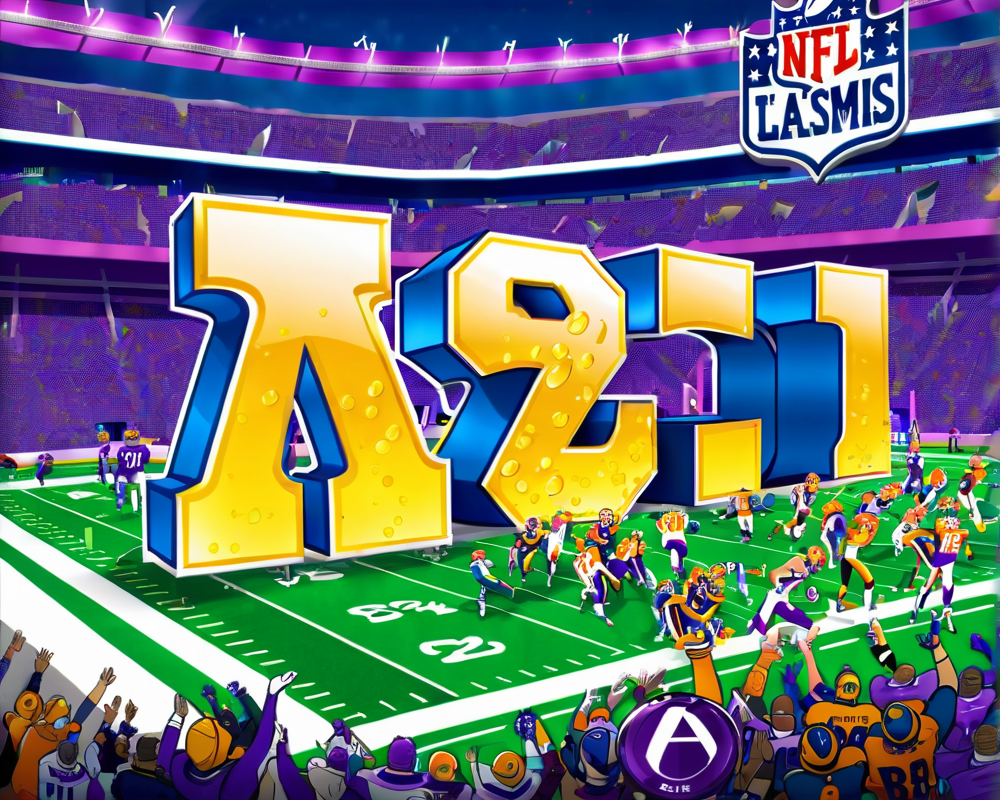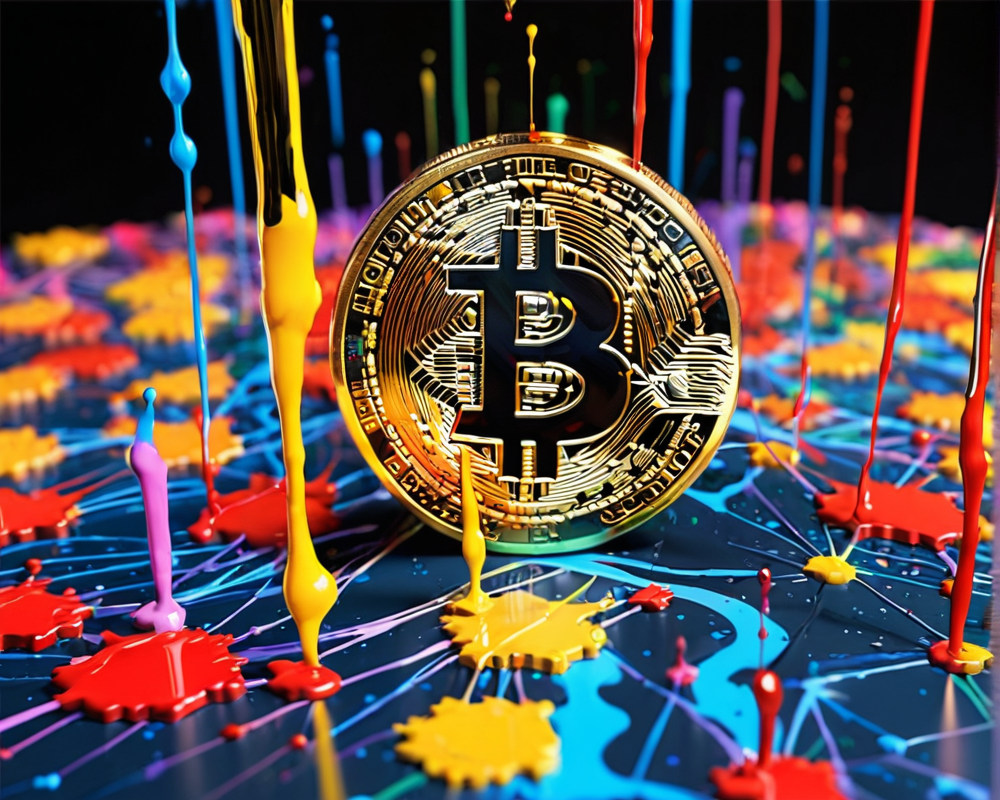What Exactly is NFT Metadata?
NFT metadata is like the name tag at a party that tells you who someone is, where they come from, and what they’re all about. It provides crucial details about an NFT, including its name, description, and any attributes the creator thinks might impress you. Think of it as the digital equivalent of a résumé for your favorite NFT! It’s not just about glam; it often links to the actual digital assets such as images, videos, or music files that give NFTs their unique value.
The Great Metadata Mystery: Where Is It Stored?
Now, this is where things get a bit murky! A common question is whether NFT metadata files are hanging out in the cloud somewhere like an overpacked Amazon Warehouse or chilling on Google Drive. The truth is, they often find a home on decentralized networks like the InterPlanetary File System (IPFS), which functions more like a communal library than a traditional storage solution. Each file gets a content identifier (CID) that allows it to be located easily—and let’s be honest, who wouldn’t want a neat bookmark for digital files?
Why Is This Important?
This matters because it emphasizes the importance of using good metadata standards to ensure that NFTs can be understood and utilized across various platforms. Interoperability is the name of the game, folks!
Diving Deeper: How NFT Metadata Works
NFT metadata enables these unique tokens to hyperlink to external data and assets, creating a rich interaction between the digital and the physical. When minted, NFT characteristics (like your uncle’s old jokes—unforgettable but sometimes cringy) are locked into the blockchain and remain immutable. Understanding this is crucial as it influences how you might perceive the ownership and value of an NFT.
Key Protocols
- ERC-721: The OG standard for NFTs that helps define how metadata is structured using the lightweight JSON format.
- ERC-1155: This nifty standard lets creators manage multiple token types in a single contract—a real multitasker!
Retrieving Metadata: Your Digital Treasure Map
Retrieving and viewing NFT metadata isn’t rocket science. If you know where to dig, it’s like following a treasure map! Blockchain explorers like Etherscan and BscScan can help you track down your coveted NFT by allowing you to search by token ID and smart contract addresses. You can verify ownership, trace the transaction journey, and even look at the metadata, all while feeling like a digital detective!
“NFT metadata lets you tap into the essence of ownership in this digital jungle. Just be sure to pack your explorer’s notebook!”
How to View and Download Your Favorite NFTs?
Want to take your NFT home? The process is a breeze. The NFT token URI serves as your golden ticket—it contains the image’s location. Just look for the image URL in the JSON metadata, right-click, and save it! And bada-bing, bada-boom, you now have that blockchain beauty saved to your device.
Accessing NFTs on OpenSea
Ah, OpenSea, the grand bazaar of NFTs! Getting around is fairly easy. Just visit their website, and if you’re feeling adventurous, dive into browsing. Alternatively, you can search for a specific collection, but remember, you must already have some crypto in your wallet to snag your favorites!
The Big Question: Are NFTs Worth It?
Before throwing your hard-earned cash at NFTs, remember: all digital assets are like roller coasters— exhilarating yet a bit terrifying! Weigh the risks and understand your financial goals before diving in. Ask yourself: Why do I want this NFT? If the answer isn’t clear, maybe it’s best to keep your money in your pocket…or at least next to your grandma’s secret cookie jar!



